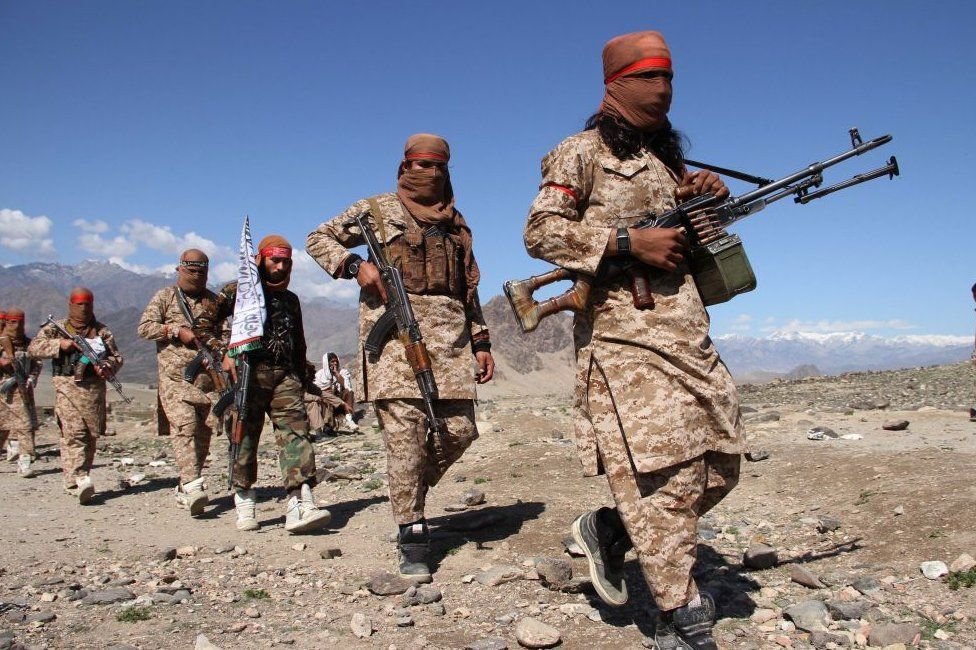Afghanistan is in the top 3 countries at risk of an increasingly worsening humanitarian crisis. The country has a population of around 40 million, with more than 70% of citizens living in poverty and in urgent need of humanitarian assistance. In 2001, as a result of the 9/11 attacks, the US invaded Afghanistan to capture Osama bin Laden and defeat the Taliban, a powerful militia group that controls Afghanistan. However, after around 20 years of ‘rebuilding’ the country, President Biden withdrew American forces from the country, and the Taliban soon gained control again, plunging Afghanistan into one of the worst humanitarian crises in the world.
Afghanistan has been a country of changing political states, becoming the Kingdom of Afghanistan in 1926-1973, then the Republic of Afghanistan from 1973-1978, then the Democratic Republic of Afghanistan from 1978-1992, then the Islamic State of Afghanistan from 1992-1996, then the Islamic Emirate of Afghanistan from 1996-2001, the Islamic Republic of Afghanistan from 2004-2021, and now the Islamic Emirate of Afghanistan has risen again to power. The Taliban is a powerful extremist Islamic group that controlled Afghanistan from 1996-2001. They had specific ideologies and viewpoints that aligned with an extreme type of Islam, prohibiting women from getting an education, going out alone, wearing certain clothes, etc, while also prohibiting reading books, music, some media/new outlets, etc. I
n 2001, after the 9/11 attack in New York, the US Government decided to invade Afghanistan to take out Osama Bin Laden, who was living in Afghanistan at the time. However, as the military was invading and bombing Afghanistan, the cruel treatment of women and children by the Taliban was discovered, causing a shift in the focus of the conflict from capturing Bin Laden to eradicating Taliban rule. The Taliban fell very quickly after the US’s invasion, and Americans realized that they needed to help rebuild a counterterrorism-centered government that would provide a stable environment for Afghan citizens. With the fall of Osama Bin Laden, the Taliban was losing its footing in the country, and civilians were finally able to live somewhat ‘normal’ lives. That is until continued American bombings and high civilian deaths caused many citizens to join the Taliban, once again bringing it back to life. The Taliban began to regain its control of Afghanistan specifically by targeting rural areas that were not benefiting from American aid.
Once Biden called for all US military troops to go back to America, the Taliban was able to gain control of the entire country once again swiftly. They were able to take over the government and reestablish the Islamic Emirate of Afghanistan in 2021. Many civilians had helped American forces, believing that they would be able to get rid of the Taliban and lead better lives, but despite the billions of dollars and thousands of troops sent to Afghanistan, the Taliban still came into power.
Currently, Afghanistan is facing one of the world’s worst humanitarian crises. The economy is unable to supply food or money for the Afghan people because of the corruption and insufficient money within Afghanistan. Also, millions of Afghans are dying from malnutrition and starvation because of the crumbling economy, and the Taliban government is unable to help solve these problems and cannot. When the Taliban were slowly taking over during America’s occupancy, they enabled some types of women’s and girl’s rights, allowing them to study, get jobs, and have other freedoms they did not have before. Still, now they have dismantled women’s and girls’ rights in Afghanistan, preventing them from receiving education, getting jobs, enforcing hijabs and face coverings, forcing marriages, and other forms of oppression. In the end, the US’s handling of the Afghanistan reconstruction and our decision to leave the country has allowed the atrocities the US government aimed at stopping to continue. However, to conclude, this conflict has been detrimental and unfair to civilian populations, preventing them from living the safe and healthy lives they deserve.
Works Cited
“Afghanistan: An Entire Population Pushed into Poverty.” The IRC, www.rescue.org/article/afghanistan-entire-population-pushed-poverty. Accessed 4 Feb. 2024.
“The History of Afghanistan Summarized.” YouTube, YouTube, 24 Apr. 2019, www.youtube.com/watch?v=T6usr-C3lcQ.
“How the Taliban Enables Violence against Women.” United States Institute of Peace, 7 Dec. 2023, www.usip.org/publications/2023/12/how-taliban-enables-violence-against-women.
“How the US Created a Disaster in Afghanistan.” YouTube, YouTube, 25 Aug. 2021, www.youtube.com/watch?v=2sueJoTVqxw.
“The Taliban, Explained.” YouTube, YouTube, 10 Nov. 2021, www.youtube.com/watch?v=qIDkZAOjx9w.Who Are the Taliban? – Carnegie Endowment for International Peace, carnegieendowment.org/2009/10/22/who-are-taliban-pub-24029. Accessed 4 Feb. 2024.
